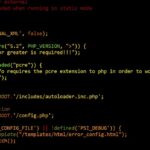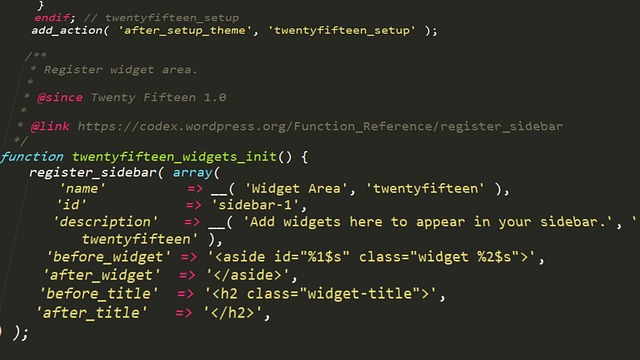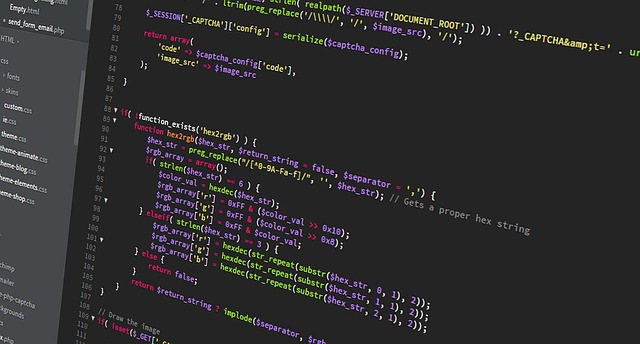What Design Pattern Does Vue Use?
Vue is a popular, open-source JavaScript framework for building user interfaces. It is used by developers around the world to create modern, feature-rich web applications. As with any modern framework, Vue uses a particular design pattern to ensure that code is organized and efficient. In this article, we’ll take a look at the design pattern that Vue uses.
The Model-View-View Model Pattern
The design pattern that Vue uses is the Model-View-View Model (MVVM) pattern. This pattern is very similar to the Model-View-Controller (MVC) pattern, but with some subtle differences. Like the MVC pattern, the MVVM pattern divides the data and logic of an application into three distinct components: the model, the view, and the view model.
The Model
The model is the component responsible for data storage. It stores the data that is used by the application and exposes it through an API. This API can be used by the other components in the application to access and manipulate the data.
The View
The view is the component responsible for displaying the data to the user. In Vue, the view is typically written in HTML, with the data being passed to it as variables. The view is also responsible for responding to user input, such as clicking a button or entering text into a form.
The View Model
The view model is the component responsible for mediating between the model and the view. It is responsible for translating data from the model into a format that can be understood by the view, and vice versa. It also handles the logic of the application, such as responding to user input and updating the model.
Benefits of the MVVM Pattern
The MVVM pattern offers several benefits over the traditional MVC pattern. One of the primary benefits is that it separates the view and the view model, making it easier to maintain the code and make changes. This separation allows the view and the view model to be developed independently, making it easier to keep the code organized and efficient.
Another benefit of the MVVM pattern is that it makes it easier to unit test the code. The view and view model are separate, making it easier to test their individual components. This makes it easier to ensure that the application is functioning correctly and that the code is performing as expected.
Conclusion
Vue uses the Model-View-View Model (MVVM) pattern to ensure that code is organized and efficient. This pattern makes it easier to maintain the code and make changes, as well as easier to unit test the code. As a result, it is the perfect choice for modern web applications.










